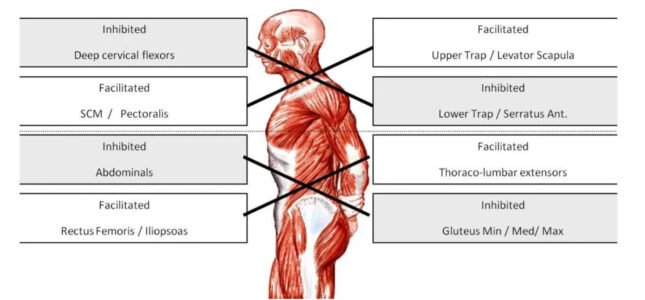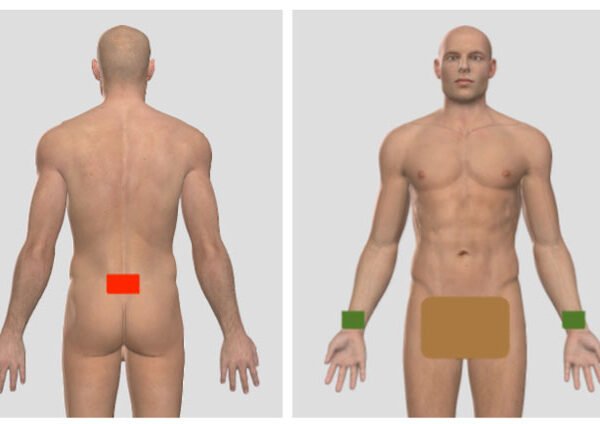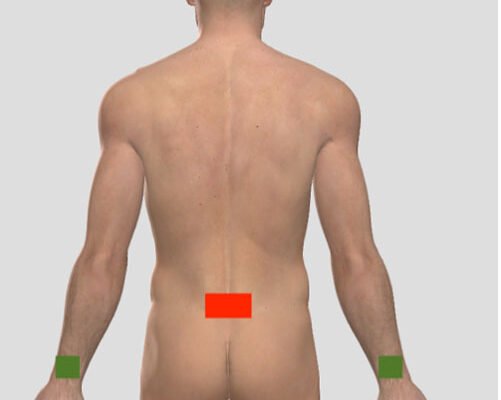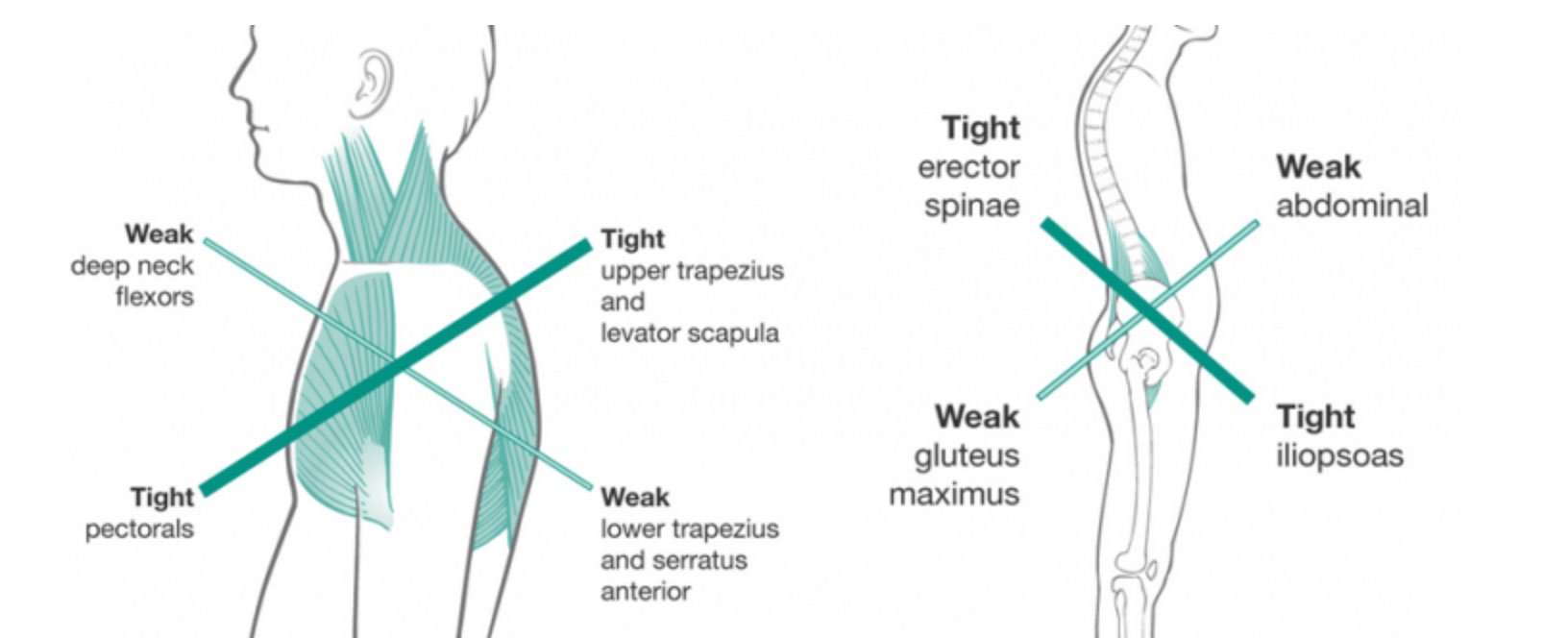By Michael Rand, personal trainer and triathlete.
If you remember in my last blog, BMT for hip flexor recovery I wrote about opening up my hip flexors to help with my Hamstring issues. I also mentioned that the guiding principle was Dr. Vladimir Janda’s lower crossed syndrome. Well the full system is upper and lower crossed syndrome – Janda’s upper and lower crossed syndrome.
It basically says that the flexors in the hips and Pectorals in the thoracic regions of our bodies are tight and the Extensors in the hips (glutes) and shoulder retractors and spinal extensors are stretched and week. (see illustration below).

We briefly covered the lower crossed issues in the last blog. This time I am looking to cover the upper section a little. As a triathlete while swimming I need to have good shoulder mobility and strength. If we look at the picture above facilitated in massage speak means over active and normally shortened. So if your Pecs are short this will make getting your arm above your head quite hard. What the picture here doesn’t mention is that also facilitated are the anterior portion of the Lats, that internally rotate the arm and the Thoracic extensors are inhibited. Inhibited means hard to switch on and long and quite often weak.
So to help with my swimming I have been using my ABMMA PRO unit to lengthen out my anterior thoracic region and strengthen the posterior thoracic region. With the help of the device below I have been both relaxing the anterior Pectoral fibers and lengthening them, and then waking up and activating the posterior muscle fibers.

To lengthen my chest and Lats out I would place the red pad just above my sacrum and then using a wrist band fix the blue pads to my wrists at the Carpal Tunnel region.

I use program 1, the low frequency option to give a relaxing signal to the body and use a low to moderate intensity of 8 – 15 slowly unwind the tightened muscle fibers. From there I place the device in a nice convenient place and then carefully lay back over the T-Rack and then start with stretching my arms out at 90 degrees. If you are quite tight through the Chest, as I was, this can be quite intense and can cause pins and needles in the finger tips. If you do want to try this I suggest starting with your arms at around 45 degrees up from you hips and slowly progressing up as you start to gain your range back. Over a period of about 10 minutes I really notice that my chest starts to lengthen and my shoulder blades start to roll back around my rid cage. As this happens I start to take my arms even higher above my head. This is where the Latisumus Dorsi Fibers start to get affected and once you can get your arms up at 180 degrees and touching the floor obove your head, you will really be getting those anterior fibers lengthened out.
After finishing that, I roll off the T-rack and lay flat on the floor for a minute or so to allow my back to normalise out. As the T-Rack position is quite extreme for the first few weeks and giving it a minute to normalise allows the spine to work better. Once it settles down, I then flip the green pads to the back of my wrists and lay backwards over a foam roller ( the roller is lengthways along my spine, with my head and sacrum resting on it) and again stretch out my arms.

This time with the ABMMA PRO unit turned on to program 4, 100 hz, and turn it up to a a level of around 8 – 10 and let it wake up and activate the posterior fibers of my thoracic area. I do this for 3 – 5 minutes and again I slowly raise my arms up to above my head and hold my heads together obove my head and touching the floor.
Since beginning this routine twice a week I have really found my swimming to be more efficient and I have dropped a few seconds per 100 meters from my time which helps greatly. What it has also helped has been my position on my bike and my arm carraige on the run. With my posture sitting more naturally up right my shoulders are sitting back without having to try hold them there. It has been a big improvement all round and I have been going for 4 weeks with this routine. I can’t wait to see what happens in another couple of months.
Well, that’s it for this month. Stay fit, Stay healthy and remember smile at the person running or riding in the other direction. It really does help.
Mick Rand
ABMMA
Other articles by author
BMT & Repetitive Hamstring Strain – An Athletes Perspective


